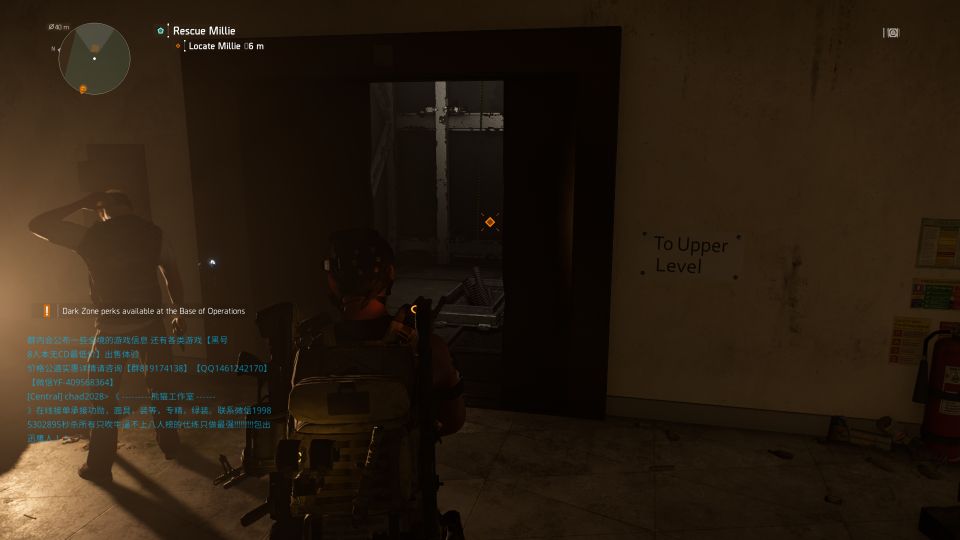
Karnataka has maintained its lead in its compliance with the law by filing 55 FIRs. Two cases under the law were reported from Karnataka in the National Crime Records Bureau report of 2015, where only one went for trial.


If a worker dies while performing such work, even with safety gear and other precautions, the employer is required to pay compensation of Rs 10 lakh to the family.ĭespite such stringent provisions, hardly any action is visible on the ground - not a single FIR was filed in 2014, accordin to the 57th Standing Committee of Social Justice and Empowerment, 2017-2018. For example, even the first instance of its contravention is punishable with imprisonment up to two years or fine up to Rs 2 lakh or both. To eliminate this practice, the act has provisions for stringent penalties, for direct or indirect employment of any person in hazardous cleaning of sewers or septic tanks by any person, local authority or agency.
MISSING SCAVENGERS MANUAL
The Prohibition of Employment as Manual Scavengers and their Rehabilitation Act, 2013 aims to eliminate insanitary latrines (those not connected to pits/septic tanks/sewage lines) alongside tracking the rehabilitation of manual scavengers in other occupations and conducting periodic surveys. The fact that this survey was confined to statutory towns in India is reflective of the Central government’s attempt to willfully misjudge manual scavenging as an urban problem. Notwithstanding the efforts of the government, the assumption that the age-old practice of manual scavenging has seen a drop of almost 89 per cent in seven years (based on the estimations done by the SKA in 2011 and the NSKFDC Census, 2018) is irrational. Whereas, the SKA estimated that the numbers of such scavengers were around 12 lakh, which seems more reasonable, given the fact that the Census of 2011 estimates the number of dry latrines in the country at around 26 lakh. It is but obviously a grossly underreported survey, given the fact that the Socio-Economic Caste Census of 2011 identified 1,82,505 households with the primary occupation of manual scavenging. Of the 87,913 manual scavengers identified by the survey, 42,303 were recognised by the ministry and only 27,268 have been integrated into relevant schemes and have received any form of entitlements or benefits from the ministry. This survey, which found 87,913 manual scavengers in India, was only conducted in the statutory towns of 14 Indian states. The survey of manual scavengers in 2018 was conducted by the National Safai Karamcharis Finance and Development Corporation (NSKFDC) at the behest of the Ministry of Social Justice and Empowerment. A closer inspection of the problem reveals many shortcomings in the implementation of the said act, Swachh Bharat Abhiyan as well as procedures adopted to arrive at the official figure of manual scavengers. While the Indian government attributes this drop to the strict enforcement of the Prohibition of Employment as Manual Scavengers and their Rehabilitation Act, 2013 and the impact of the Swachh Bharat Abhiyan, it couldn’t be farther from the truth. Notwithstanding the said developments, the drastic reduction in the official count in the recent past can be construed as indicative of gross underassessment rather than being reflective of their actual numbers in India. Officially, the number of manual scavengers dropped to 42,303 in 2018 from 770,338 in 2008. Safaimitra Suraksha Challenge, launched last year, aims to completely mechanise all septic and sewage tank cleaning operations in 243 cities across India, by April 30, 2021. The efforts to abolish this custom have garnered momentum within the state machinery, advocacy groups and academia the last three decades, particularly since the constitution of the Safai Karamchari Andolan (SKA) in 1994. The practice of manual scavenging has accursed Indian society since time immemorial.


 0 kommentar(er)
0 kommentar(er)
